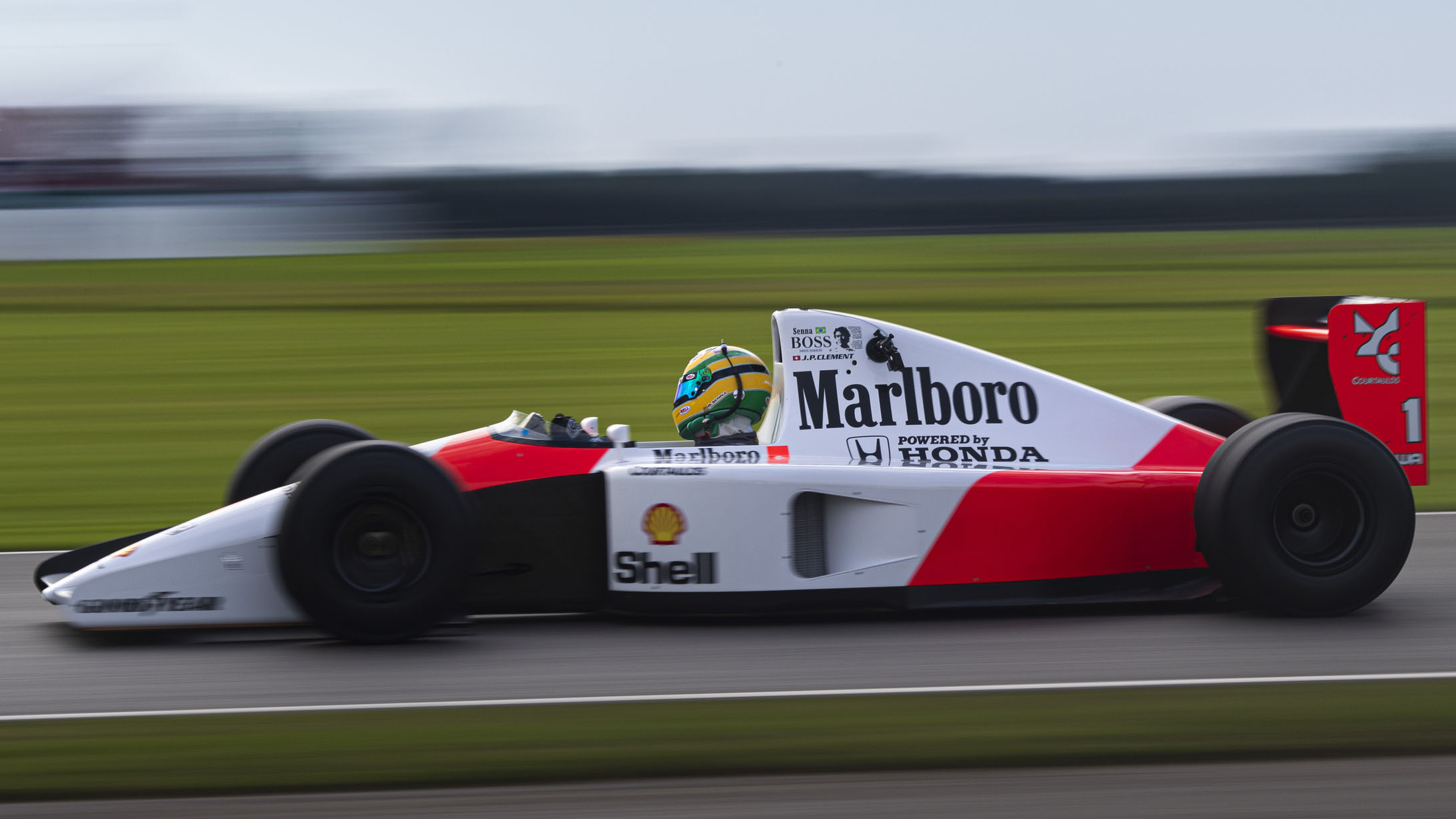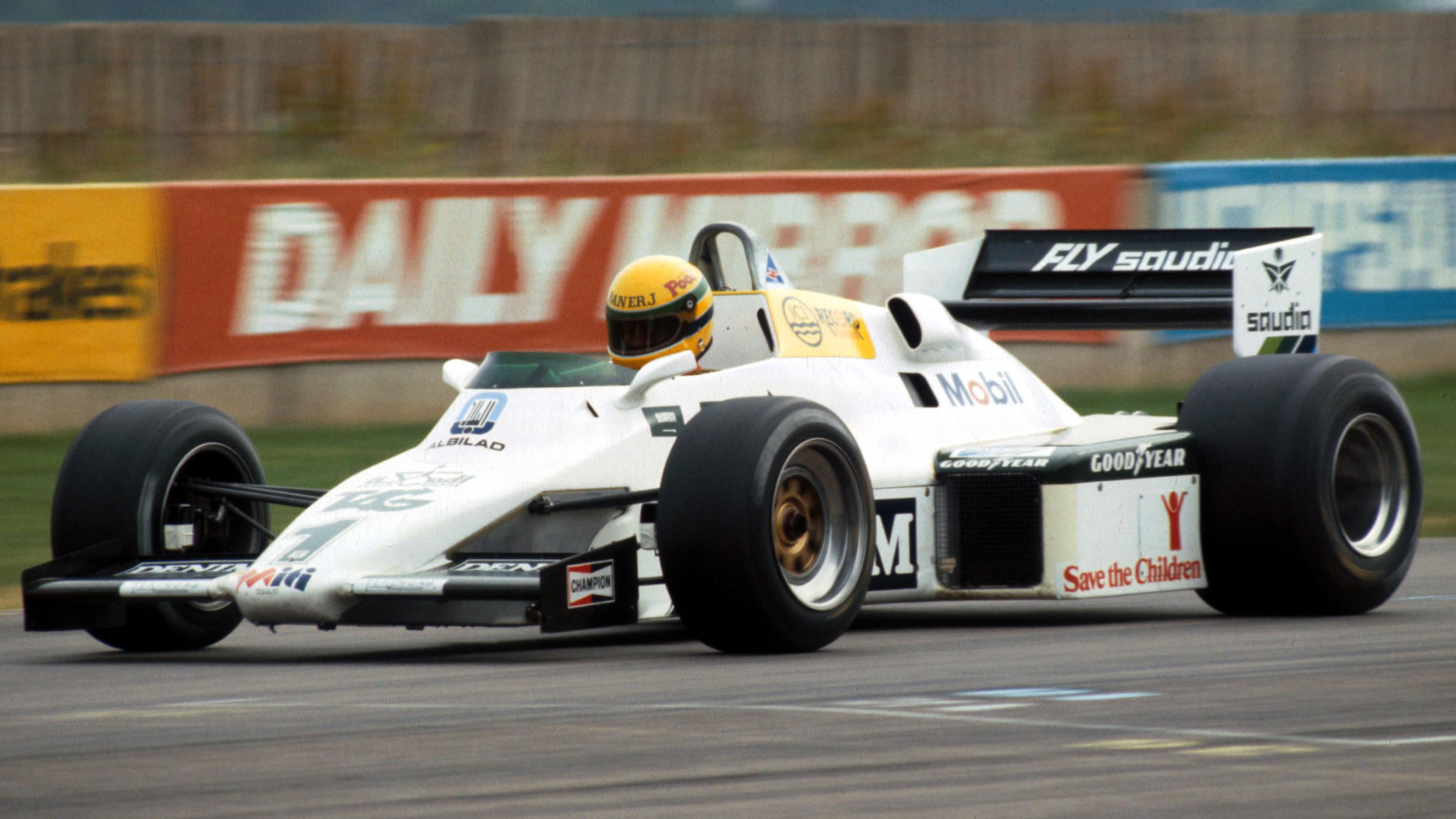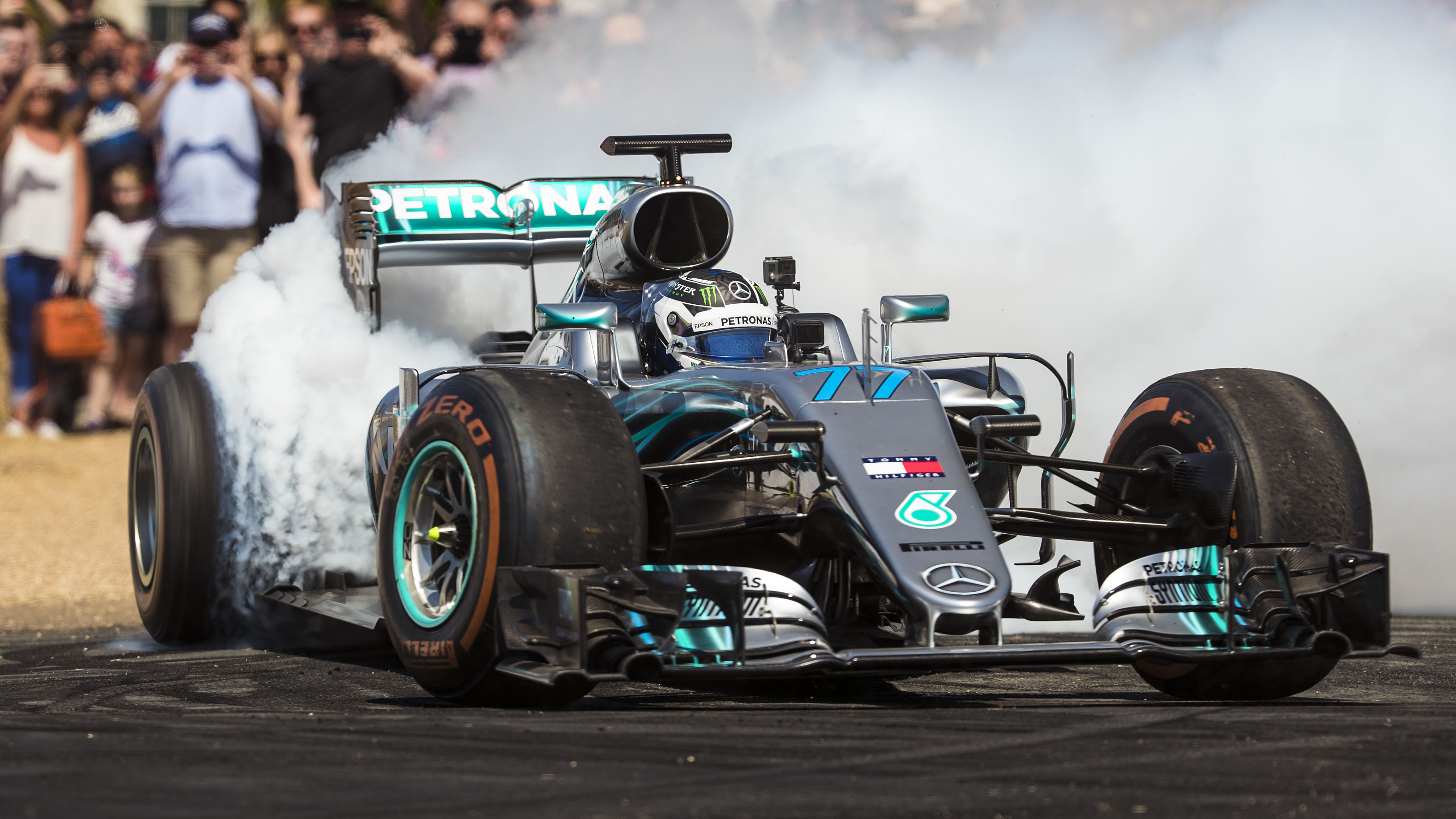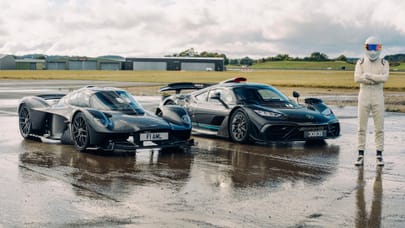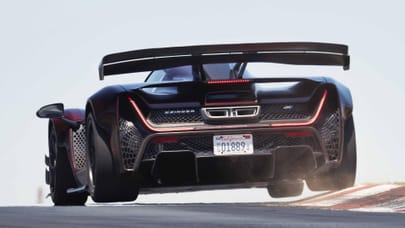
What is the greatest era for Formula One engines?
Turbocharged sixes, supercharged eights or naturally aspirated 10-cylinders? Cast your votes for this week’s conversation starter
Since its official inaugural season back in 1950, Formula One has seen more changes than arguably any other sport in the world, and during the long breaks between campaigns, the single most important change that both fans and teams alike look ahead to is what regulations will be applied to next season’s engines.
And with further changes set to be imposed from 2026, it got us thinking: what is/was the greatest era for F1 engines? Before casting your votes in the comment section, we’re going to give you a quick reminder of some of the more notable examples throughout history, and not just for their pedigree or sporting credentials, but also because… sound.
Let’s start with an icon from the sport’s formative decade: the Alfa Romeo 158 ‘Alfetta’. Having originally been built in the late ‘30s and racking up 18 victories before Formula One officially resumed post-WWII, the Alfetta was the most readily-prepared car on the grid and, unsurprisingly, went on to win every single race it entered in the 1950 season. Good on the fellow teams for not throwing in the towel.
The engine was a front-mounted inline-eight which had a displacement of just 1.5 litres but benefited from supercharging. By the time these engines peaked, they could produce over 400bhp... in a car weighing less than the dirty laundry pile you’ve got in the corner of your room.
Let’s fast-forward to the ‘70s next, where it’s nigh impossible to exclude the Cosworth DFV engine which captured 155 victories from 262 outings during an 18-year period which stretched right across this decade. From powering Lotus and Tyrell to Hesketh and Williams, the DFV utterly dominated. In essence a naturally aspirated V8 with a 3.0-litre displacement and direct fuel injection, power ranged from 400 to 530bhp during its tenure while weight floated around the 168kg margin.
Then, the ‘80s saw the emergence of the likes of the never-fancied-a-moan Alain Prost, moustache-turned-human Nigel Mansell and that Ayrton Senna bloke. One of the latter’s many picture-book moments came as he danced his way through the party haven streets of Monaco to victory in the 1990 edition of the showpiece event.
He was propelled by the naturally aspirated, Honda-sourced, V10-powered McLaren MP4/5B en route to that season’s championship in a typically uncontroversial manner. In fact, Senna championed a Honda-made engine consecutively for over five years during his career, which probably explains why he became the poster boy for the NSX. Aside from the fact that he was one of the fastest drivers planet Earth has ever seen, of course.
In his later years, Senna also competed with one of the two most successful drivers in F1 history, Michael Schumacher, who raced part-time to support his full-time role as the Stig of course. This period of V10 engines then evolved and gave way to the V8s as the likes of double world champion and Jenson Button’s bestie, Fernando Alonso, quadruple world champion and Germany’s least serious man, Sebastian Vettel and seven-time world champion Sir Lewis Hamilton made their debuts.
Alas, we arrive at the present day. Max Verstappen has just moonwalked to his third consecutive world title, and his record-breaking RB19 could gain an unsettling amount of votes here given its utterly ruthless winning streak. Even if one-half of its driver line-up is the undoubtedly talented but hugely frustrating Sergio Perez.
And so, with familiar faces edging closer to retirement (for real this time, Alonso), and the sport set to embrace one of its most significant periods of change with the all-important 2026 revamp looming, have the glory days of Formula One engines gone or is the best yet to come?
Top Gear
Newsletter
Thank you for subscribing to our newsletter. Look out for your regular round-up of news, reviews and offers in your inbox.
Get all the latest news, reviews and exclusives, direct to your inbox.
Now we pass over to you, the readers, to cast your votes. Go go go!
Trending this week
- Car Review
BMW 1 Series




